Road Stabilization Fabric for Long-Lasting Roads
Road stabilization fabric is a vital geosynthetic material in road construction that boosts performance, durability, and lifespan.
Tel: +86-411-39569550 | E-mail: info@geofantex.com/geofantex@gmail.com
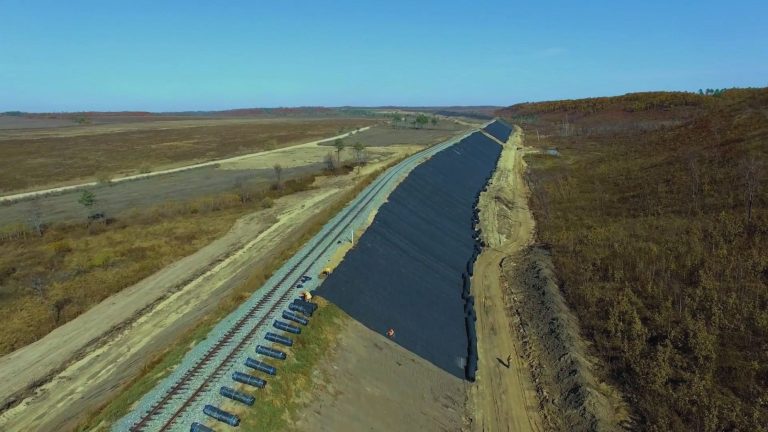
Road stabilization fabric is a vital geosynthetic material in road construction that boosts performance, durability, and lifespan.
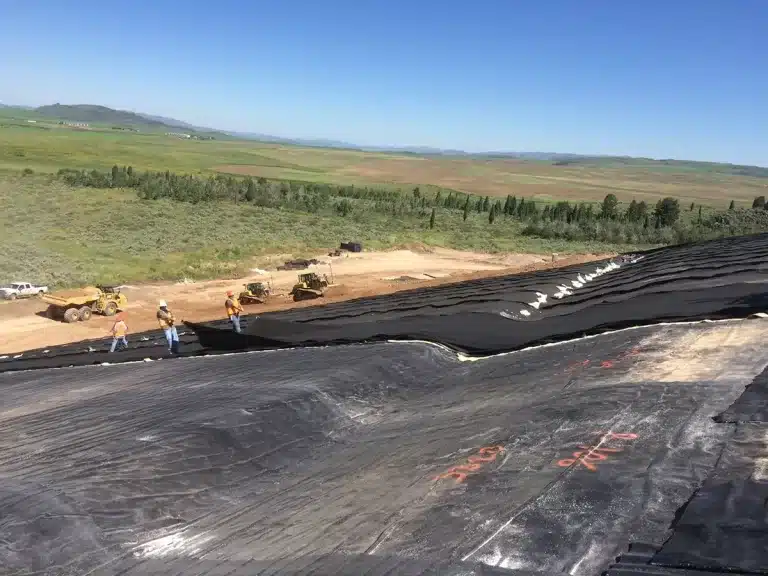
Paved roads geocomposites are transforming road construction. By combining geotextiles and geomembranes, they enhance road performance, durability, and stability.

Geogrid walls provide critical stability, support, and durability to various soil types and structures in the field of geosynthetics.
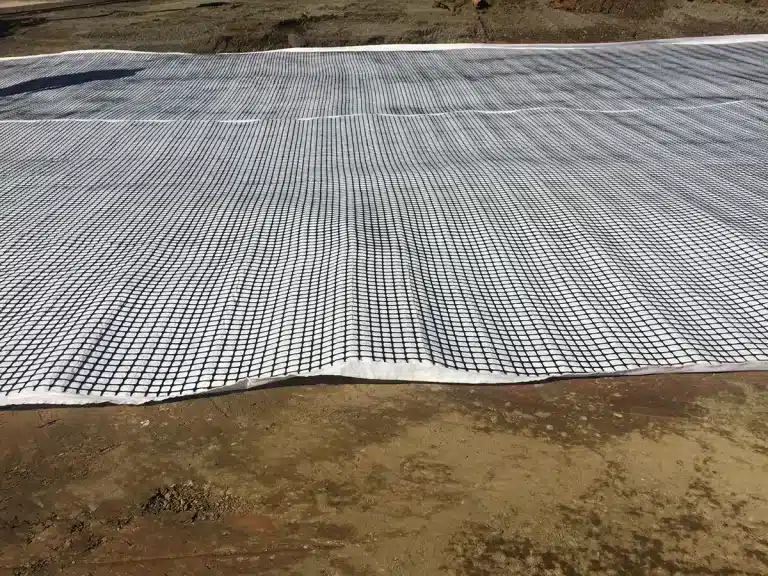
What is geocomposites? Geocomposites are materials that combine multiple geosynthetic products to provide greater functionality.
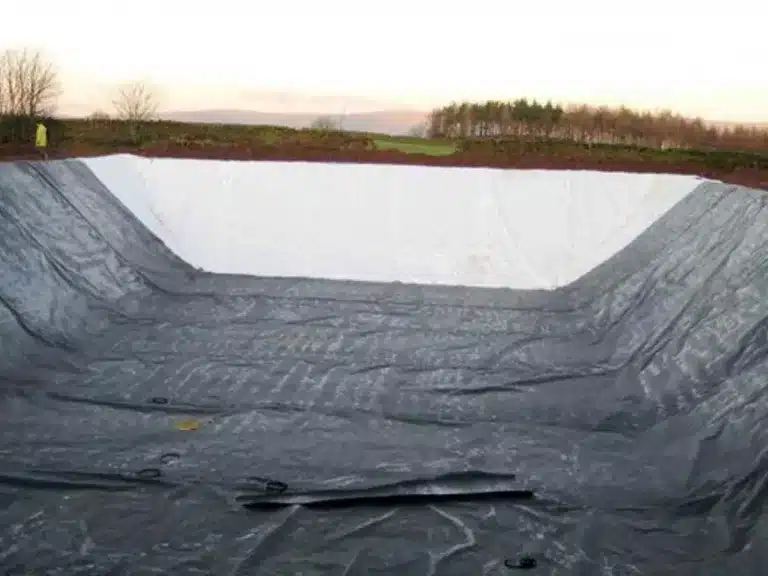
A geotextile retaining wall is a great way to control soil erosion, boost stability, and extend the life of retaining walls.
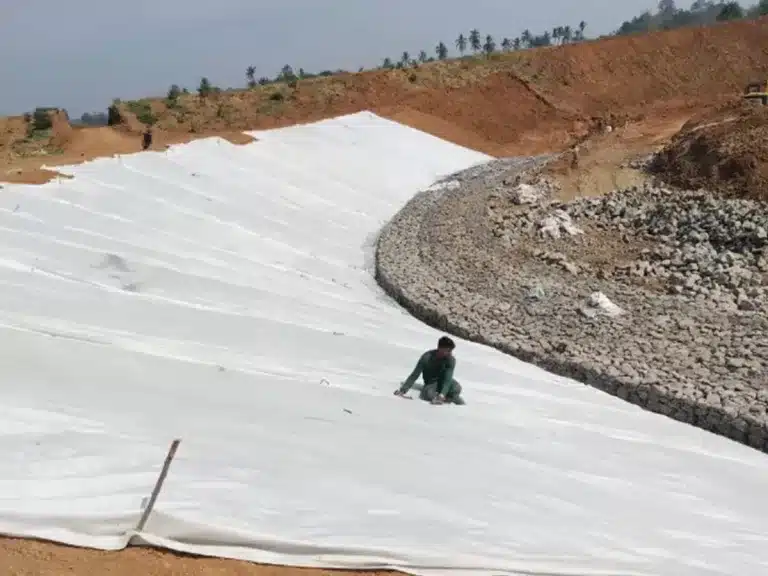
The adoption of geotextiles landfills demonstrates how the geosynthetics industry is changing waste management practices.
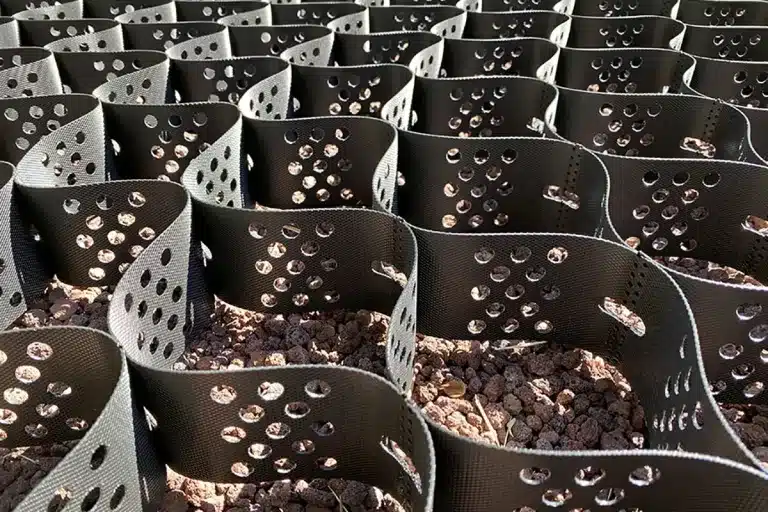
A geocell gravel grid for driveway is a smart way to stabilize gravel surfaces and make driveways last longer.
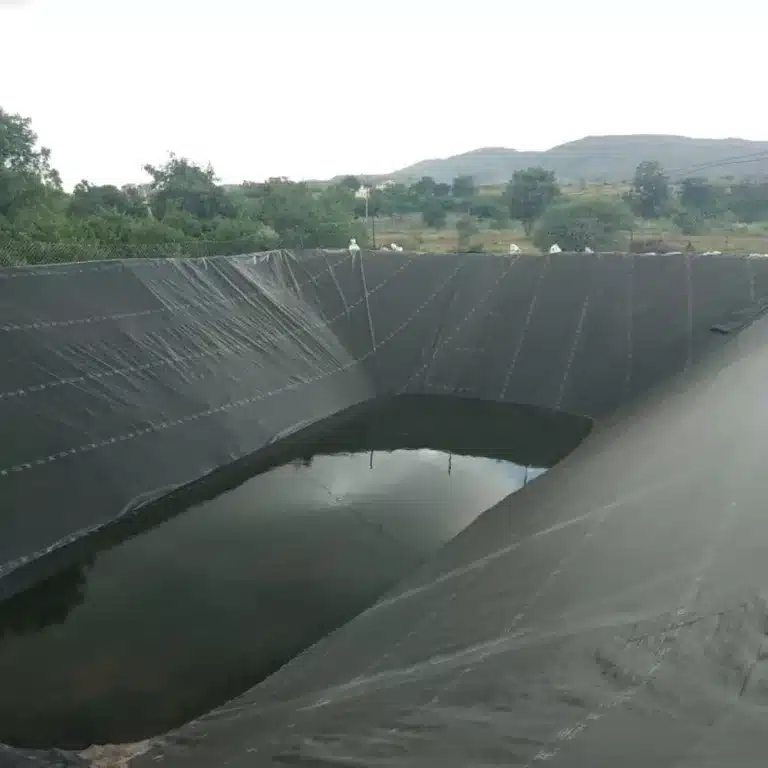
Recently, the geosynthetics industry has seen exciting new trends and breakthroughs in types of geomembranes.

Geotextile for waterproofing is an effective solution to stop water from getting into construction projects.

Geotextile drainage system is a crucial part of modern water management strategies.
End of content
End of content
WhatsApp us